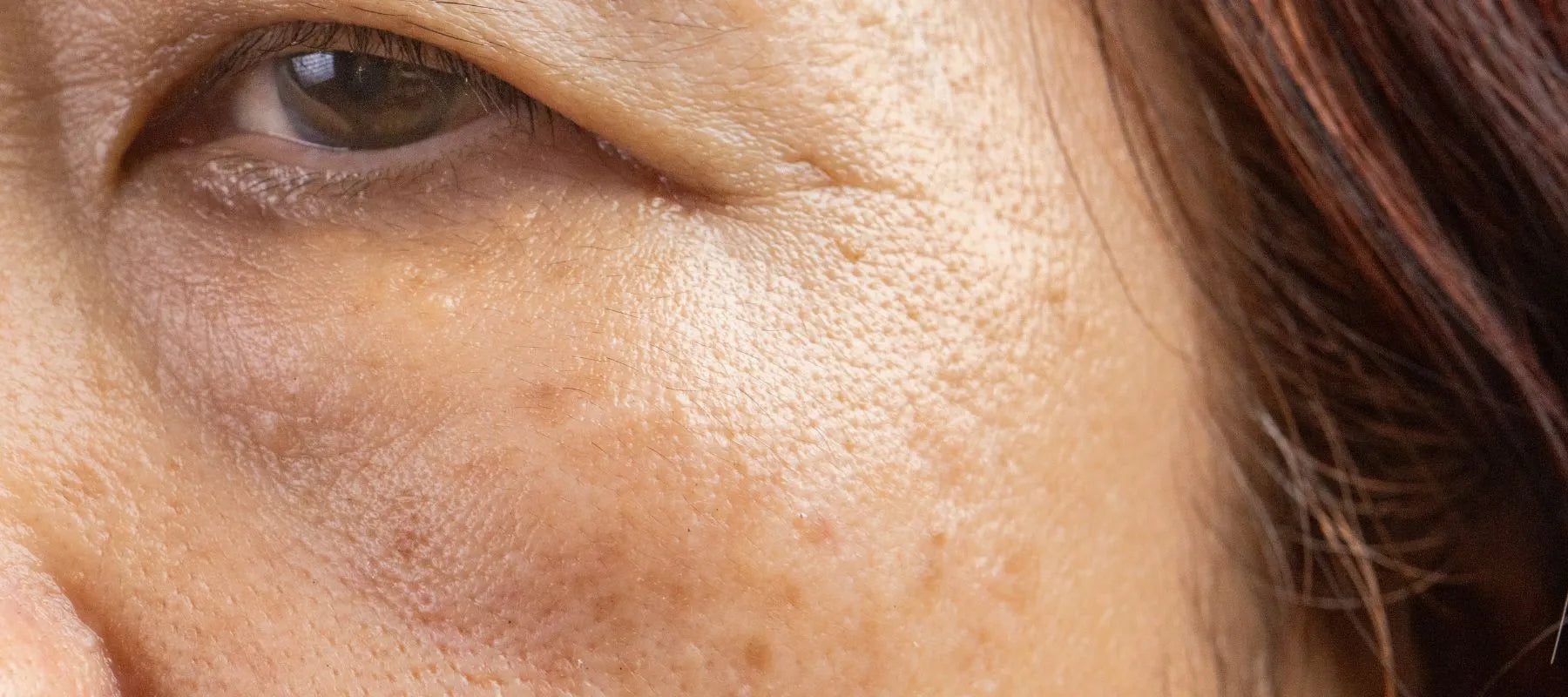
Brown spots on face: Causes, symptoms, treatment and prevention
Brown spots on the face are a common skin concern that most of us have experienced at some point. These small, flat, brown patches typically appear on areas of the skin frequently exposed to the sun, such as the face, hands, shoulders and arms.
While brown spots are harmless, they can be the signs of underlying conditions. Understanding what causes facial brown spots, recognising their symptoms, and learning how to treat and prevent them can help minimise their appearance. This article will help you explore the causes, symptoms, treatment and prevention of facial brown spots.
What are the causes of brown spots on the face?
This section will help you explore the important causes of brown spots on the face. Some of the most important causes include the following:
-
Sun exposure
Sun exposure is the number one cause of brown marks on the face. Ultraviolet (UV) radiation from the sun can damage skin cells and cause excess melanin production, which results in hyperpigmentation and brown spots. Areas of the face that get the most sun exposure, like the cheeks, nose, forehead and chin, are most vulnerable.
Also read: Dark Sun Spots on Your Face? How to Get Rid of Them
-
Reduced skin cell turnover
Reduced skin cell turnover can cause a buildup of melanin on the surface of the skin, which appears as flat brown patches. These spots are also known as “liver spots.” Excess sun exposure can lead to the early development of these spots.
-
Hormonal changes
Hormonal changes associated with birth control pills and pregnancy can also trigger the overproduction of melanin, leading to brown dots on the face. Melasma, or “pregnancy mask,” is a specific form of hormonal hyperpigmentation that can cause brown patches on the cheeks, nose, forehead, and chin.
-
Skin injuries/inflammation
In some cases, brown spots may emerge after an injury, burn, blister, blemish, or other factors causing skin inflammation. Post-inflammation hyperpigmentation can occur when the skin produces excess melanin in response to skin trauma.
-
Genetics
People with darker skin tones have more active melanin. This puts them at a higher risk of developing brown spots. Experts also suggest hereditary links. If your parents had them, you might have them too.
Symptoms of brown marks on face
There can be several symptoms of facial brown marks. Some of the important ones among them include the following:
- Flat and smooth appearing skin surface slightly darker than the surrounding skin
- Circular or irregularly shaped patches
- Appearance of spots in colours ranging from light tan to dark brown
- Appearance of brown spots on hands, shoulders and arms
- Gradual appearance of facial spots over weeks or months
These are some of the most common symptoms of facial brown spots. However, the appearance of symptoms can vary from person to person.
Treatment for brown dots on the face
While facial brown spots usually appear benign, most people wish to treat facial brown spots for cosmetic reasons. Various solutions, including prescription treatments and professional procedures, can help one fade and remove these spots. This section will help you explore some of the facial brown spot treatment methods you can consider.
1. Lightening creams
Lightening creams contain hydroquinone, kojic acid, vitamin C, and retinoids. They help block tyrosinase, the enzyme involved in the production of melanin. With daily use over several months, these creams can gradually lighten facial brown spots. You can use the 15% Vitamin C Brightening Serum offered by The Pink Foundry to brighten & improve dull skin.
2. Chemical peels
Chemical peels performed by a dermatologist can penetrate the top layers of the skin for exfoliation and promote the growth of new skin cells. By removing the pigmented lesions, this skincare treatment can help one reveal the fresh skin underneath. Light peels use gentler acids, while medium peels use stronger solutions.
3. Laser treatments
Lasers send concentrated beams of light to selectively destroy pigmented lesions without harming the surrounding skin. IPL photo facials (light therapy), Q-switched lasers and fractional CO2 lasers are some non-invasive ways to eliminate facial brown spots. One might require several sessions for optimal results.
4. Dermabrasion
This skin resurfacing technique uses a rapidly rotating brush to remove the outer layers of facial skin. As the spotty and pigmented areas heal, they are replaced with new skin. Dermabrasion can be an effective way to treat multiple brown spots at once for severely sun-damaged skin.
Prevention tips
While it can be challenging to prevent brown spots on the face altogether, there are proactive steps you can take to minimise their occurrence:
-
Use sunscreen daily
Apply broad-spectrum SPF 30 (or higher) sunscreen to all sun-exposed areas year-round to protect skin from UV damage and inhibit melanin production. Reapply every two hours when outdoors. The Pink Foundry offers the Dewy Hydrating Hybrid Sunscreen SPF 50+ with new-gen filters for protection against UVA and UVB rays.
-
Wear protective clothing/hats
You can further safeguard your skin by wearing tightly woven long sleeves, pants, scarves, and wide-brim hats for shade when you spend time outside.
-
Avoid peak sun hours
Plan to go for outdoor activities in the early morning or late afternoon when the sun’s rays are less intense. These rays are less likely to cause hyperpigmentation.
-
Exfoliate regularly
Gently exfoliating the skin 2-3 times a week can help one remove the topmost layer of pigmented skin cells, helping one fade the existing facial brown spots. You can use scrubs with jojoba beads or soft chemical exfoliants like glycolic acid.
-
Incorporate antioxidants
Increase your intake of fruits, vegetables, and anti-inflammatory foods containing antioxidants. These nutrients counteract skin damage from free radicals and environmental stressors like pollution.
-
See a dermatologist
Get skin cancer screenings and have a dermatologist check any new or changing spots. They can also recommend medical treatments if you wish to remove flat brown spots on the face.
Also read: Understanding brown spots on skin: Causes and treatments
Conclusion
Facial brown spots can develop from excess melanin triggered by various factors, such as sun damage, hormones, and genetics. While harmless, treatment options exist to remove these spots. Creams, chemical peels, and laser treatments can help reduce facial brown spots.
Diligent sun protection and lifestyle measures can help prevent more spots from forming. Addressing brown facial spots early and speaking to a dermatologist can help achieve smooth and even-toned skin.


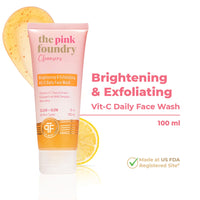
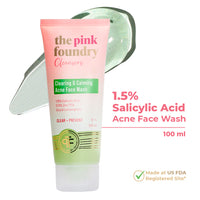
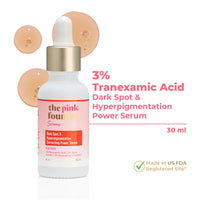
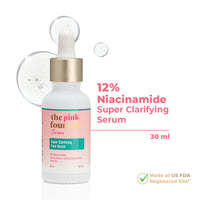
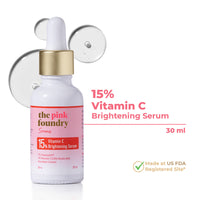
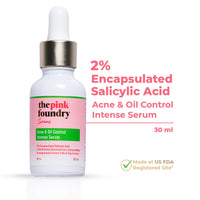
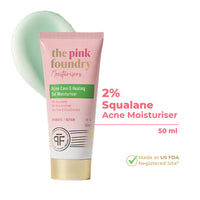
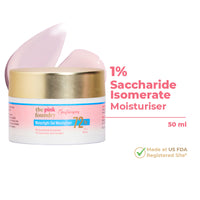
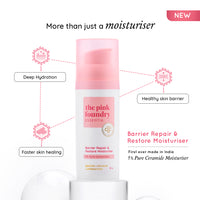
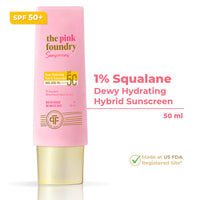
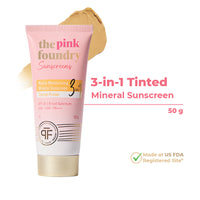
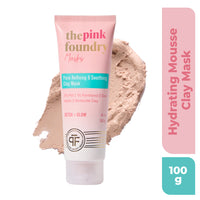
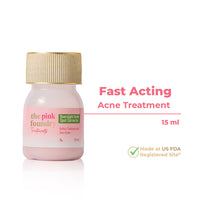
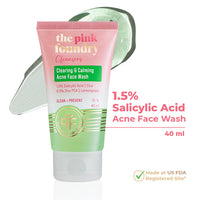
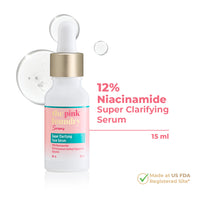
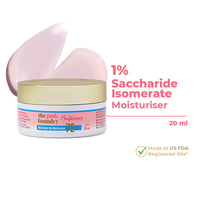

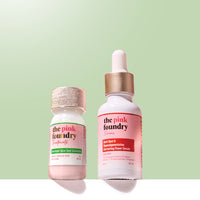
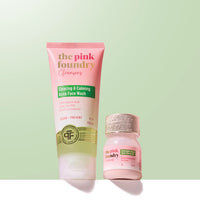
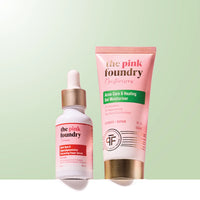
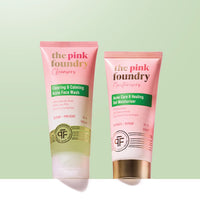
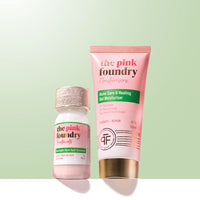
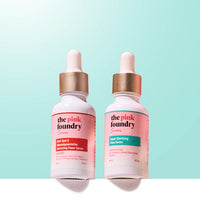
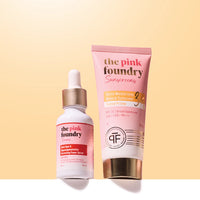
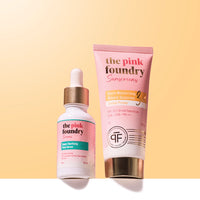
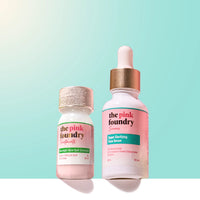
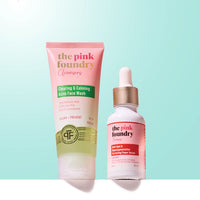
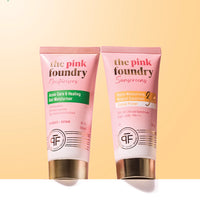
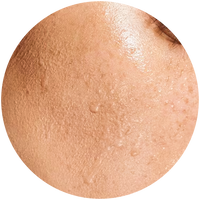
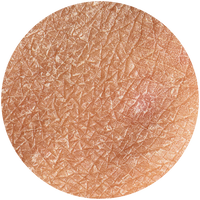
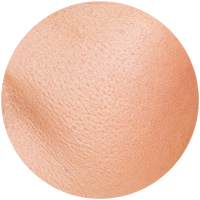
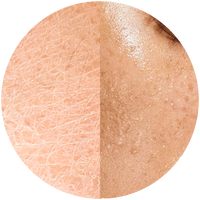
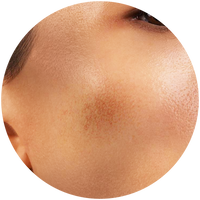
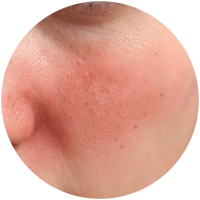
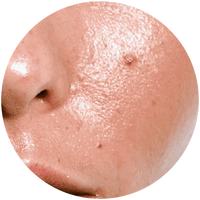
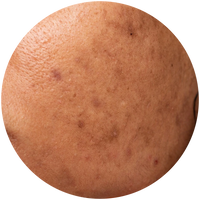
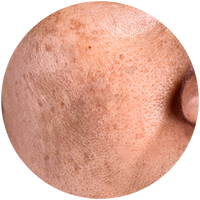
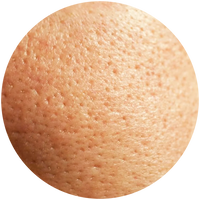
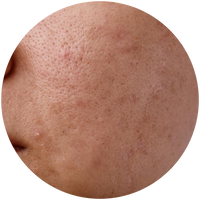
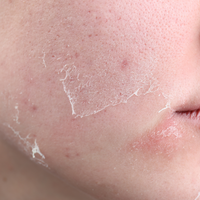
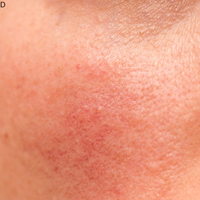
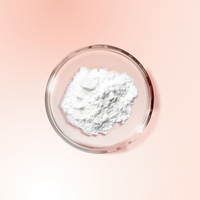
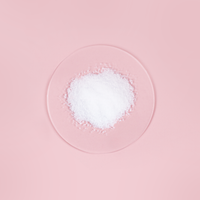
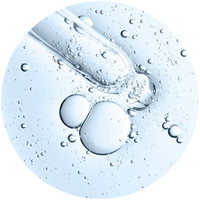
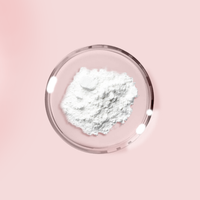
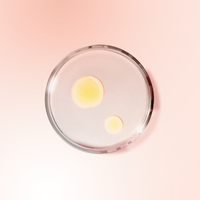
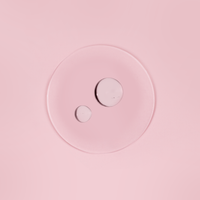
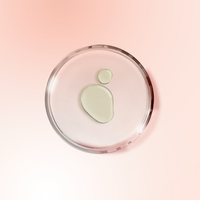
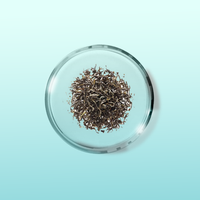
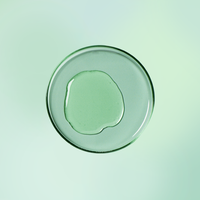
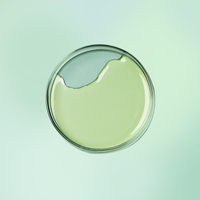
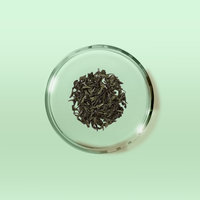

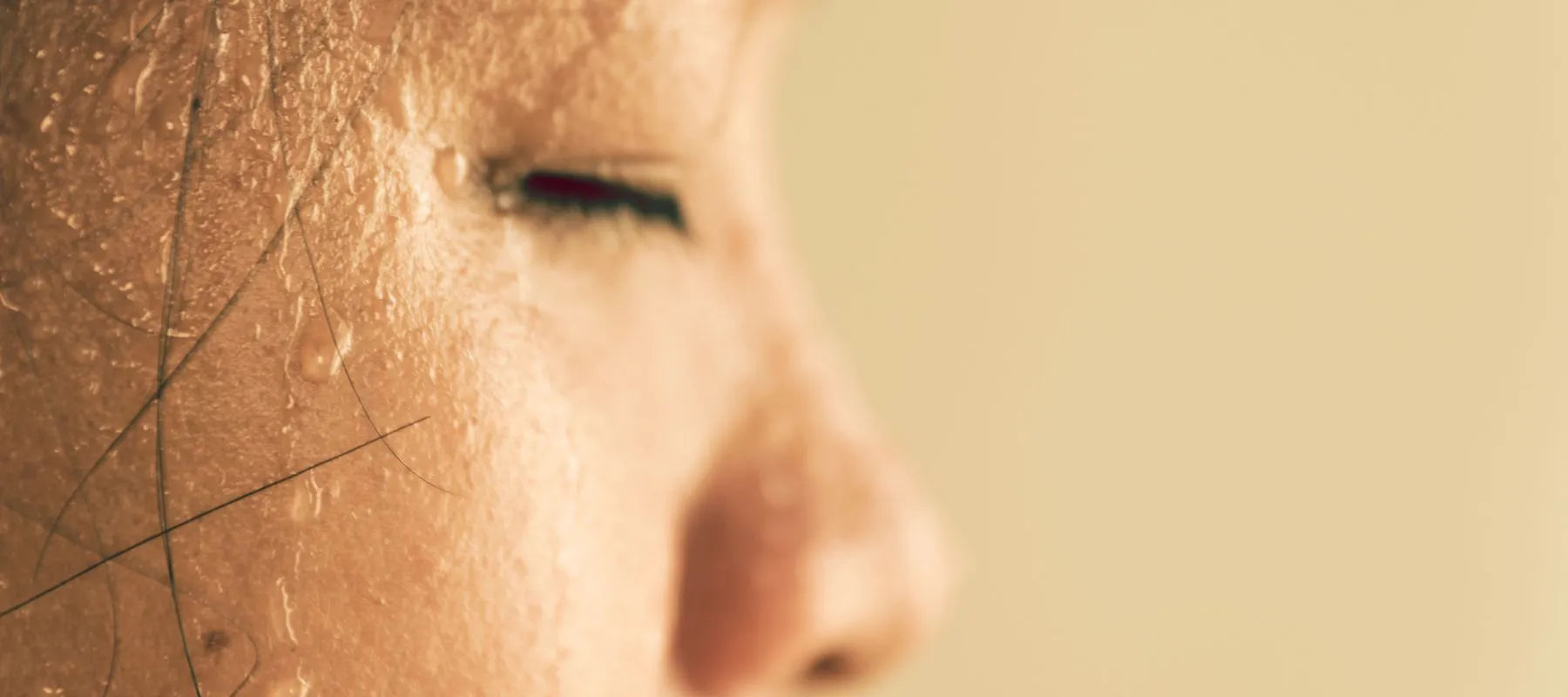
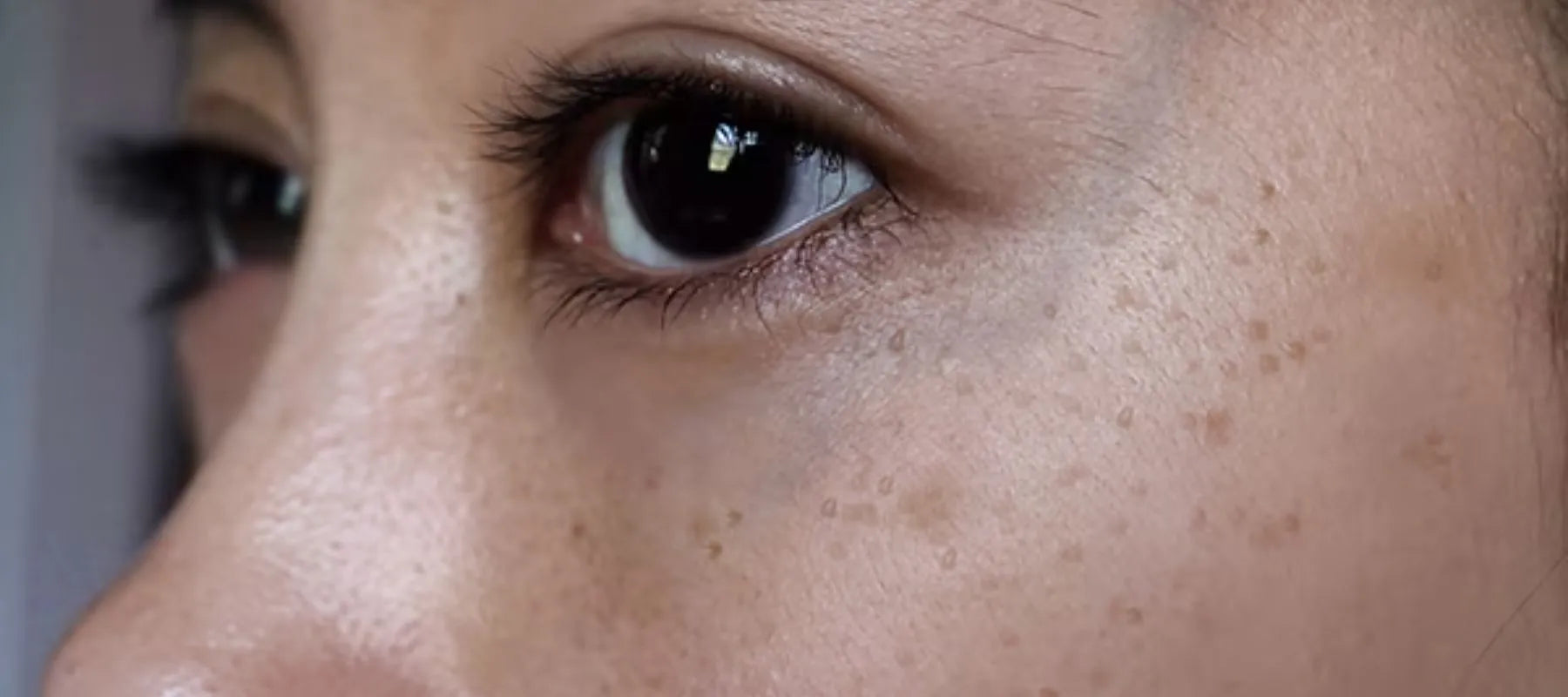

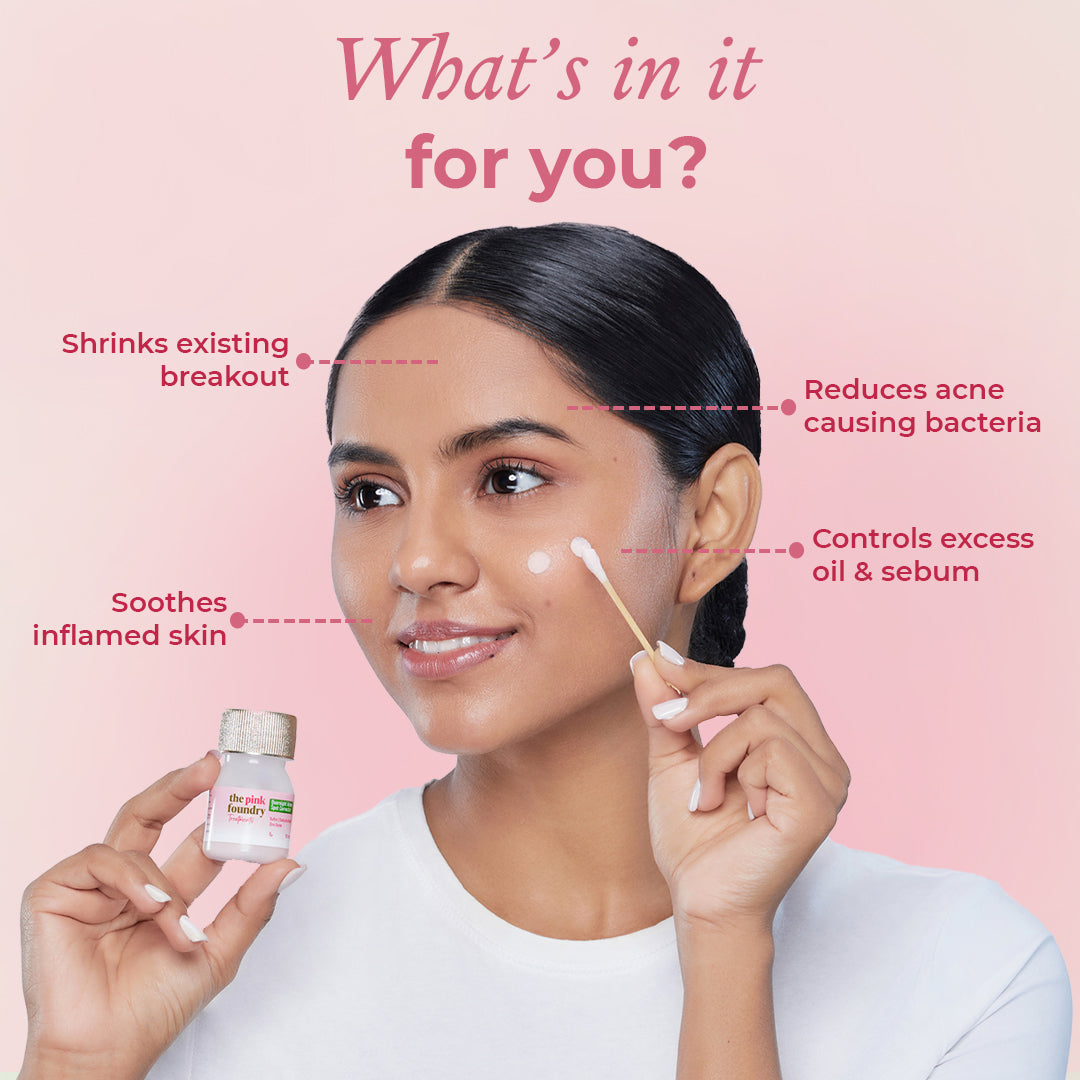
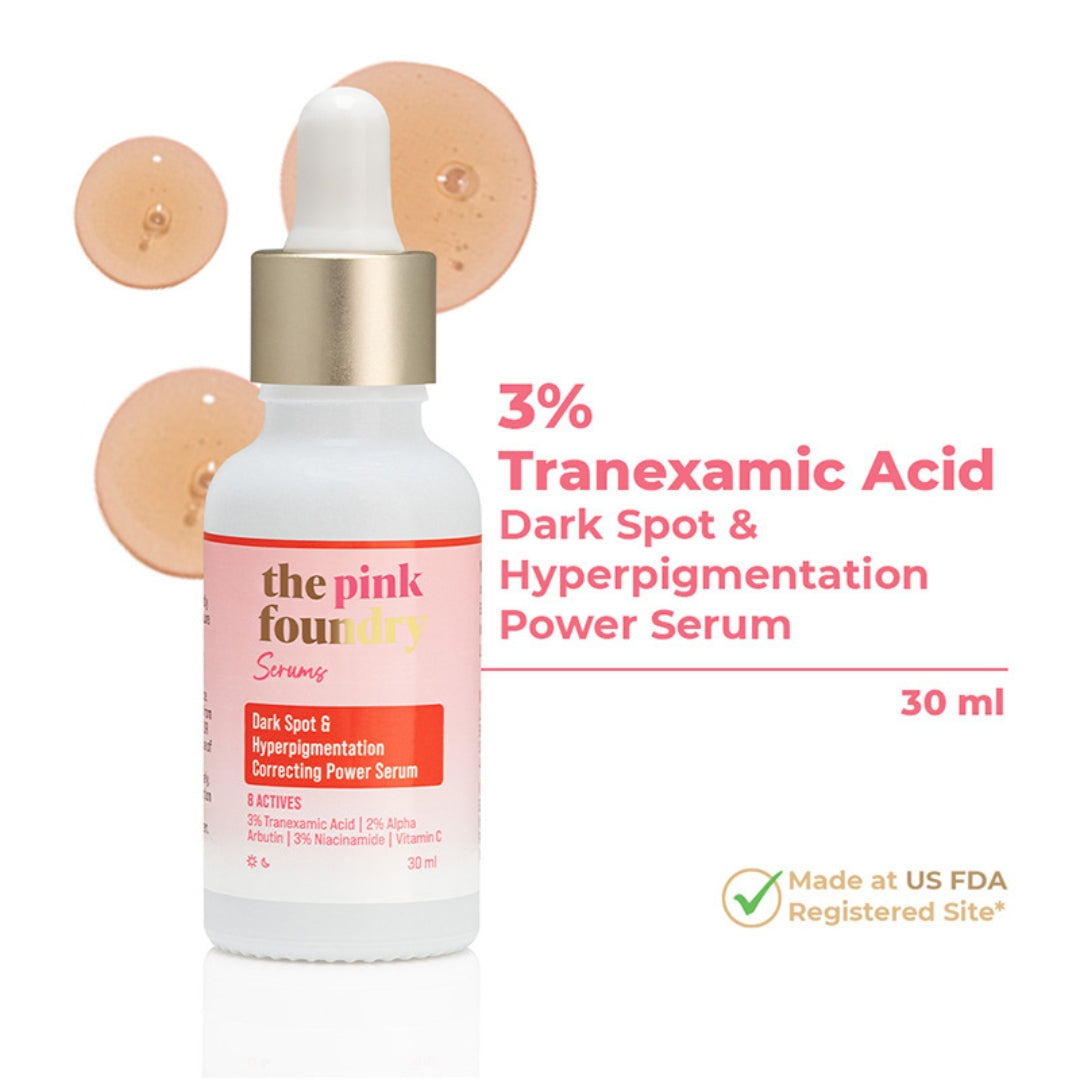
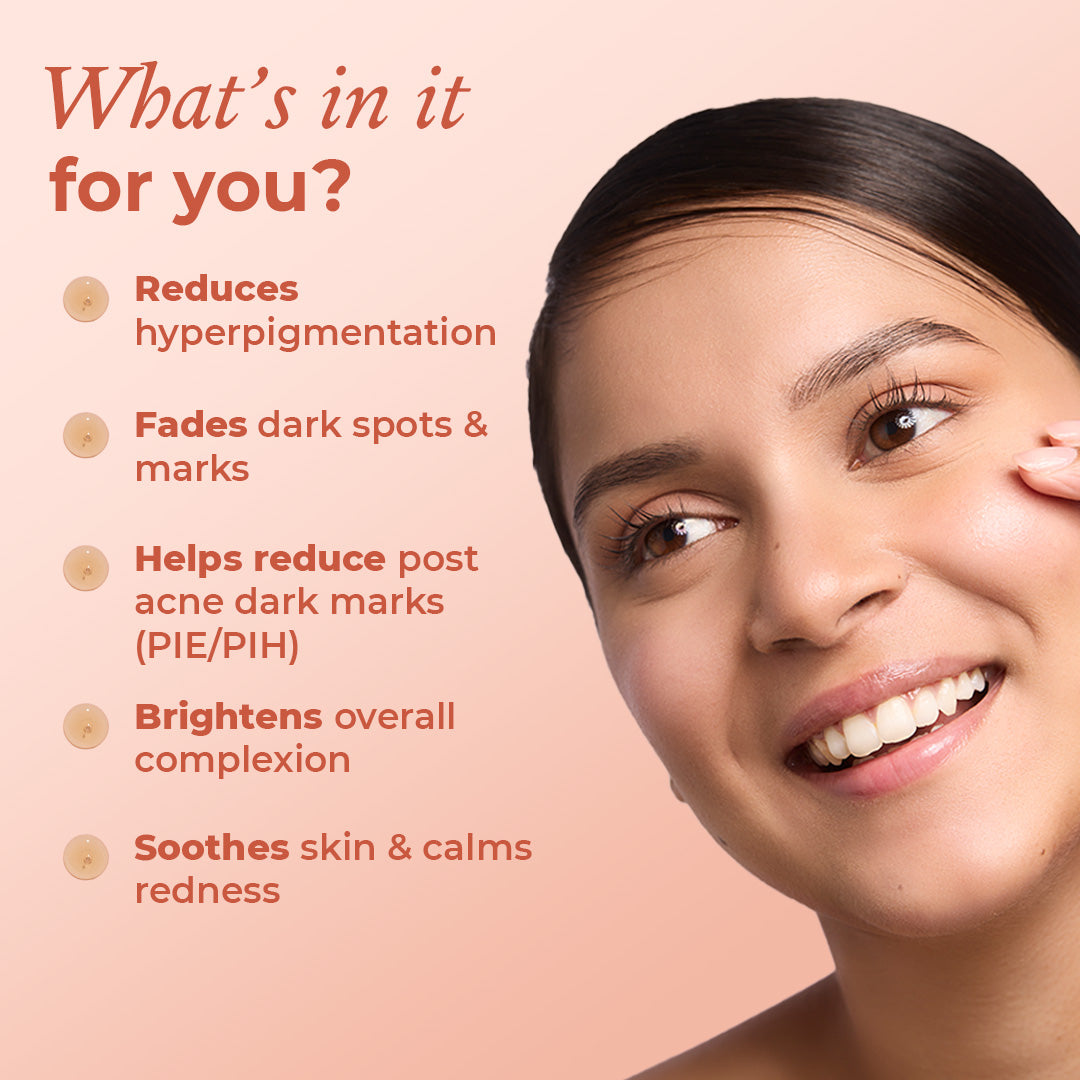
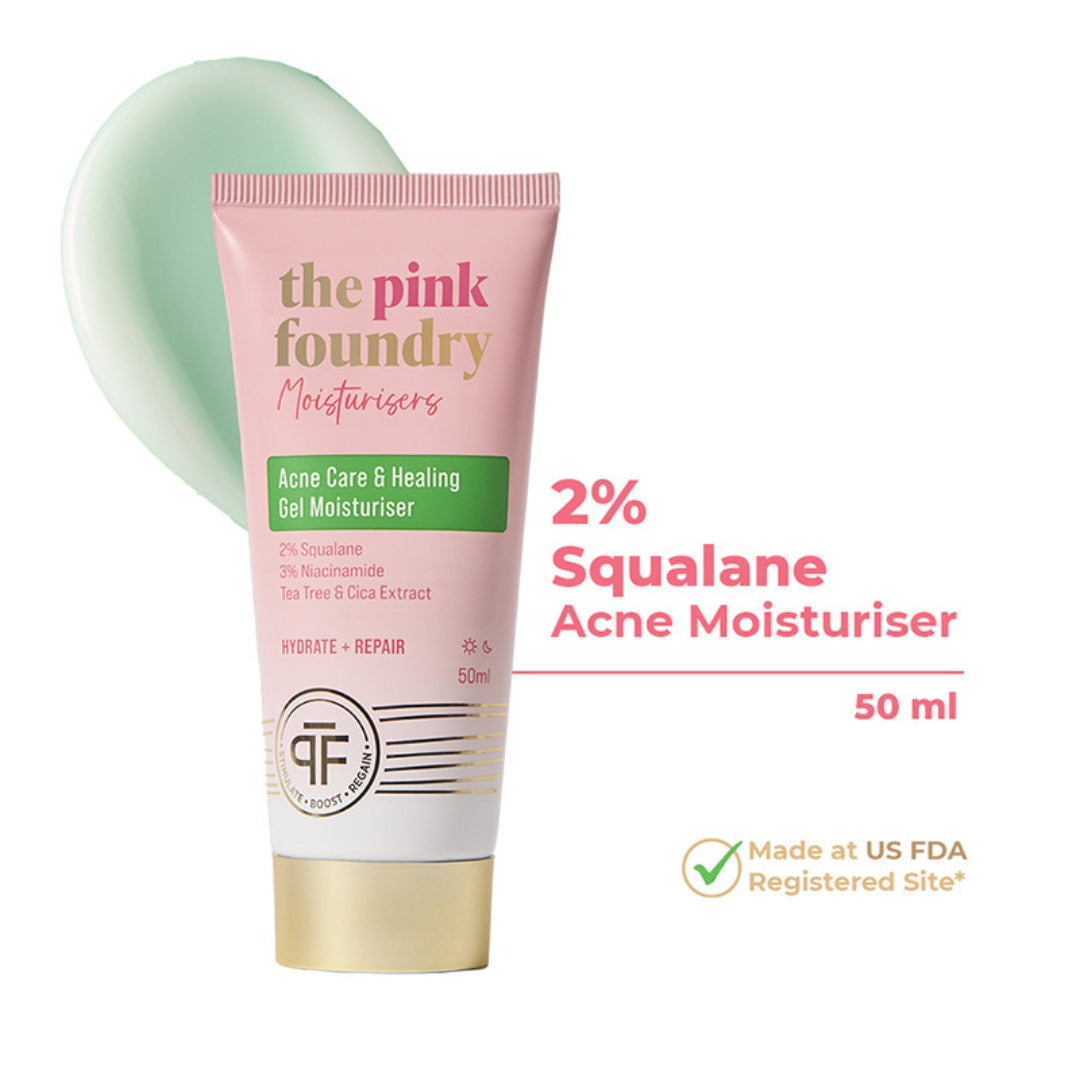
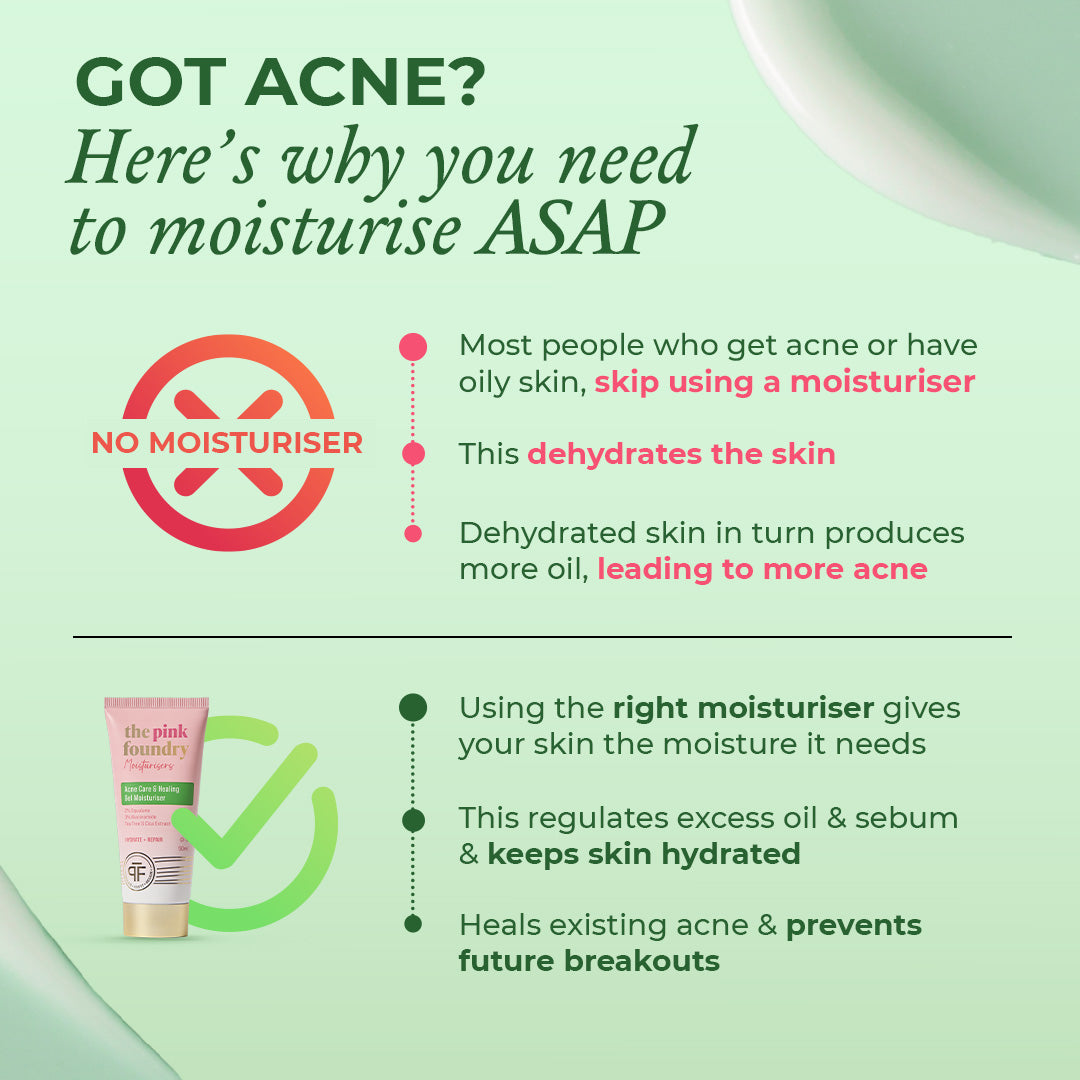
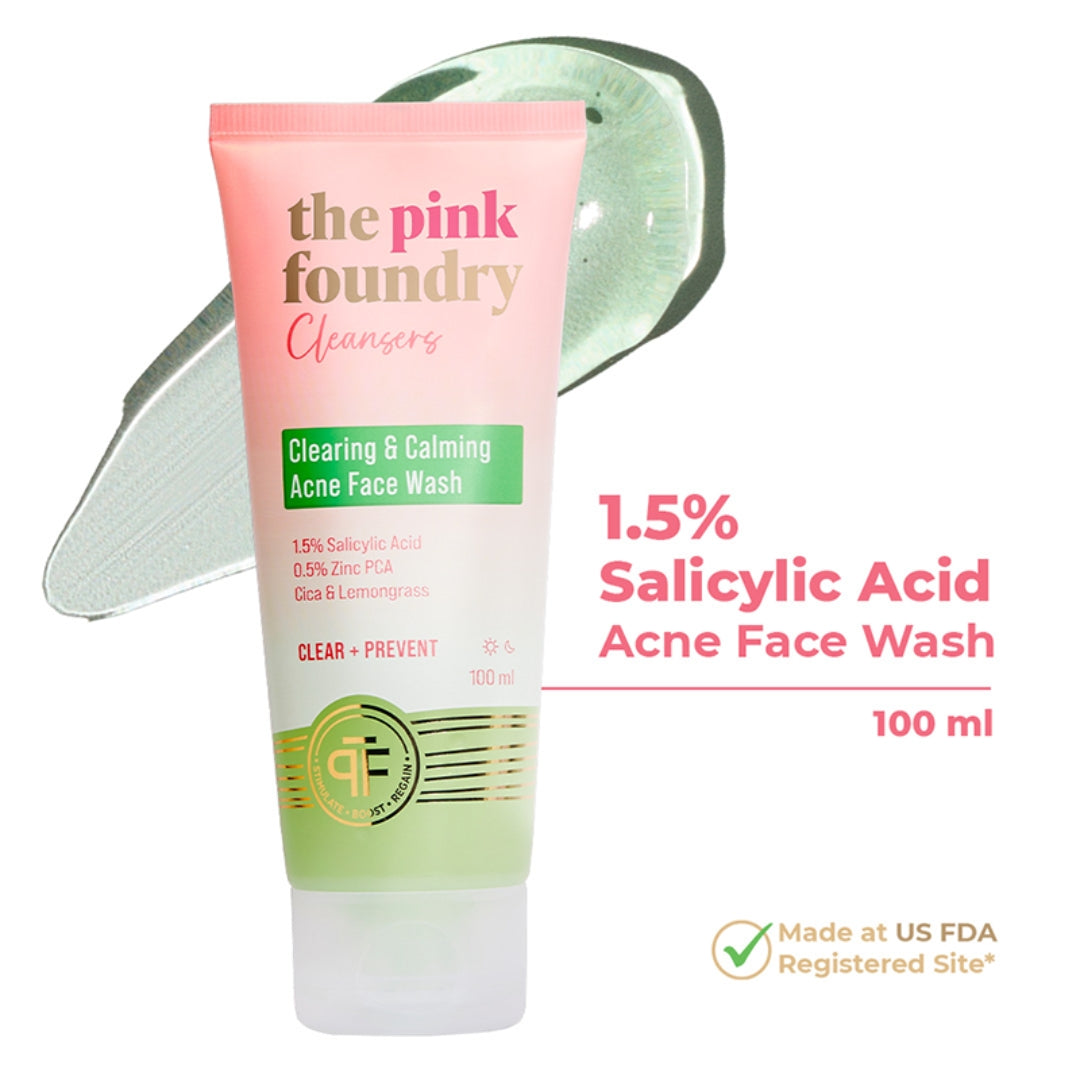
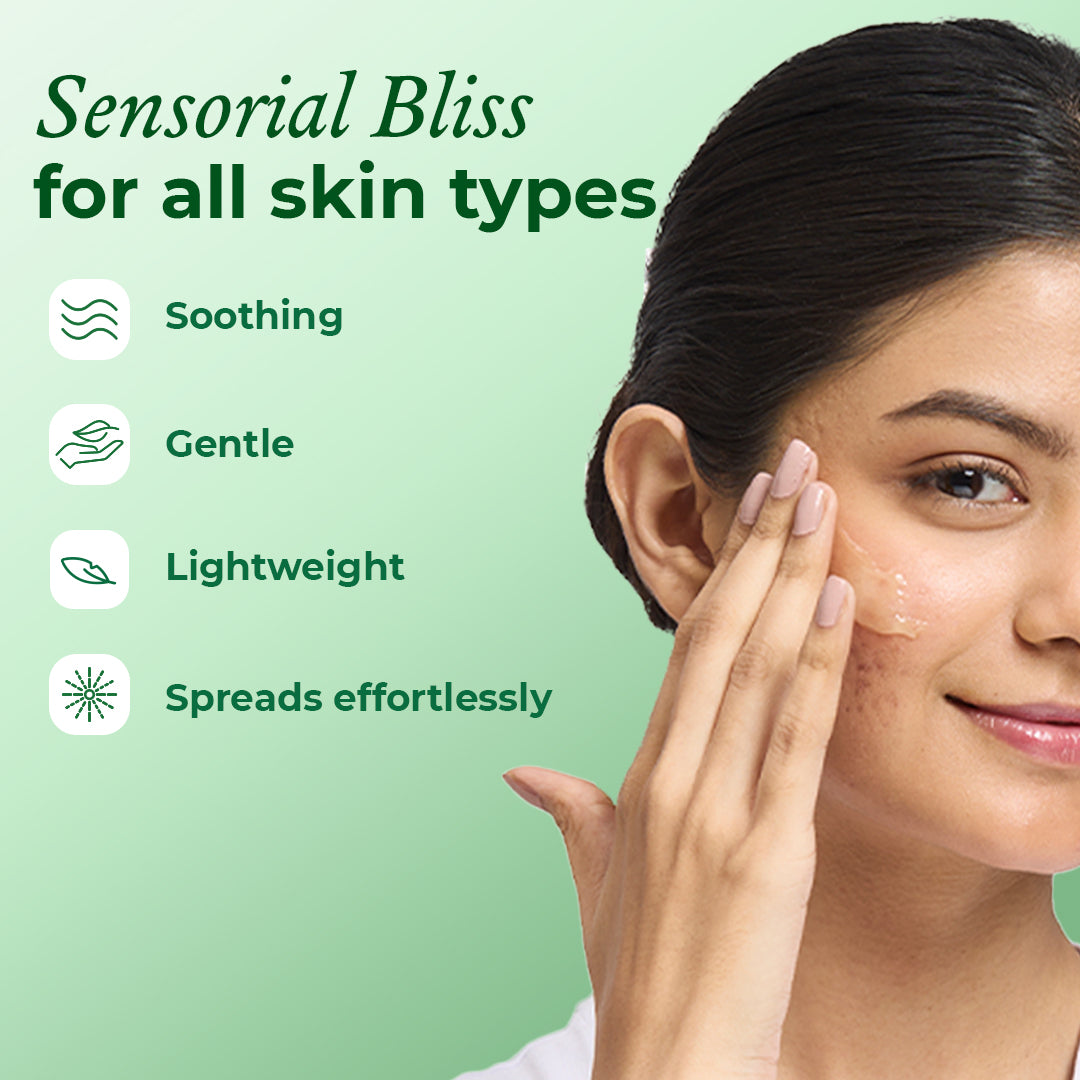
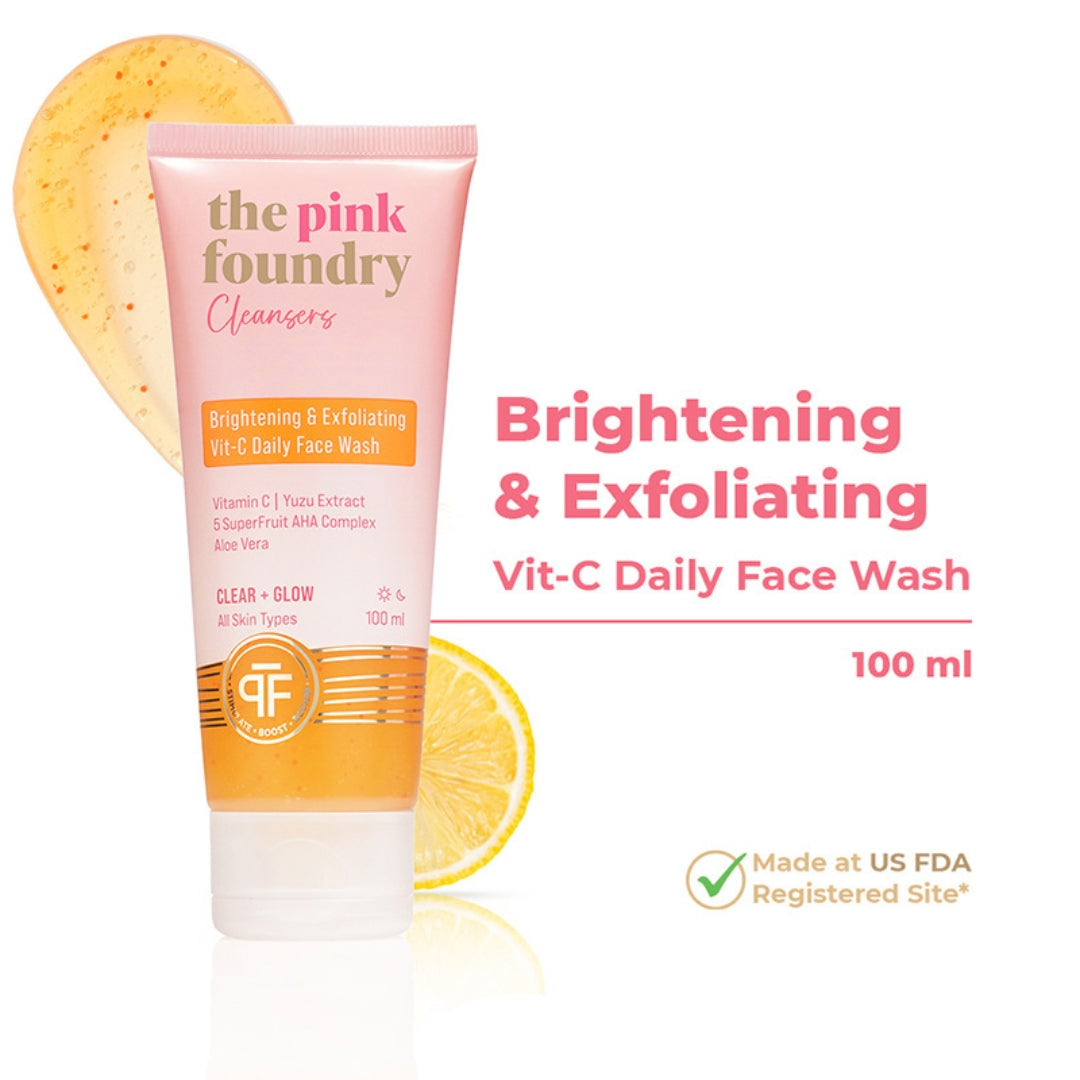
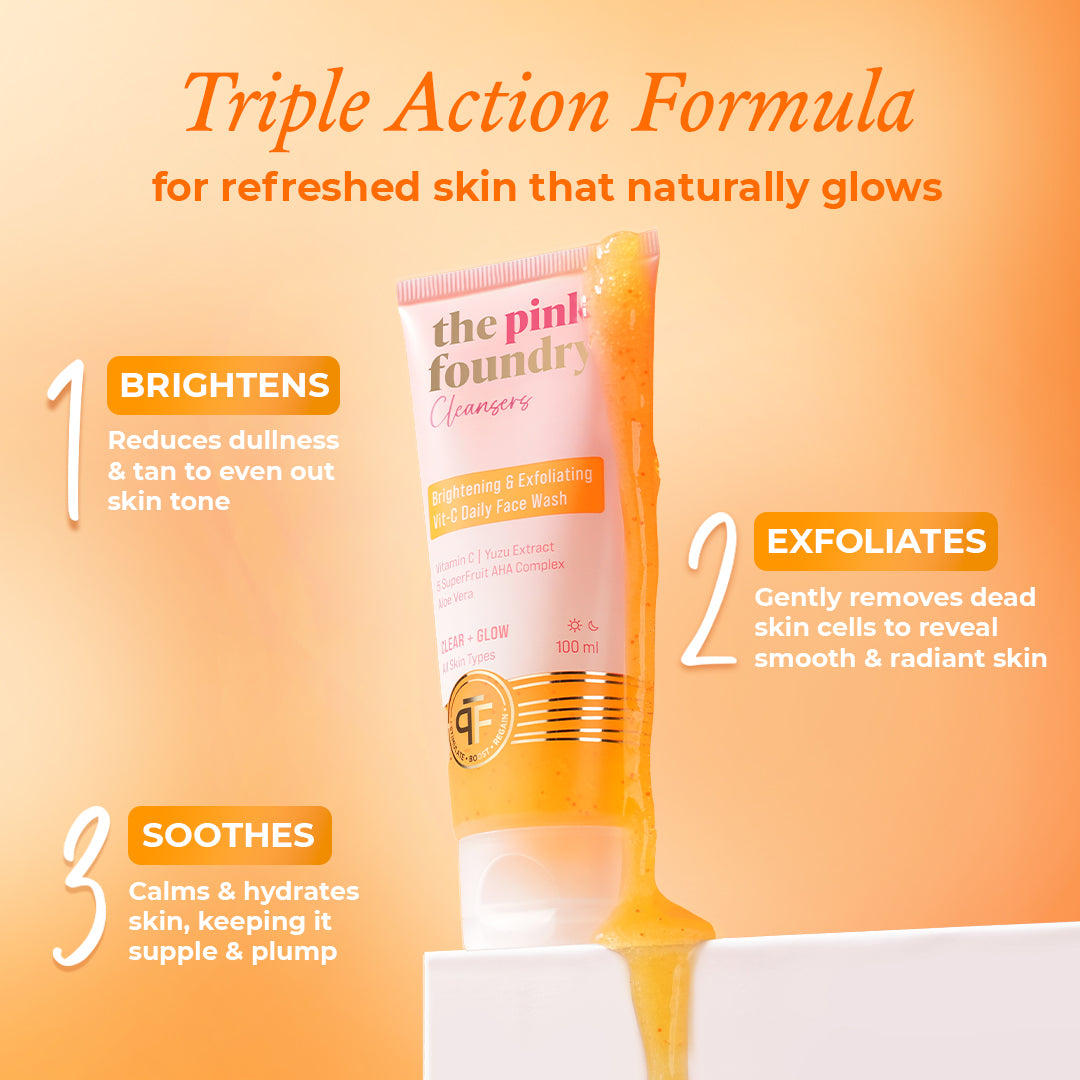
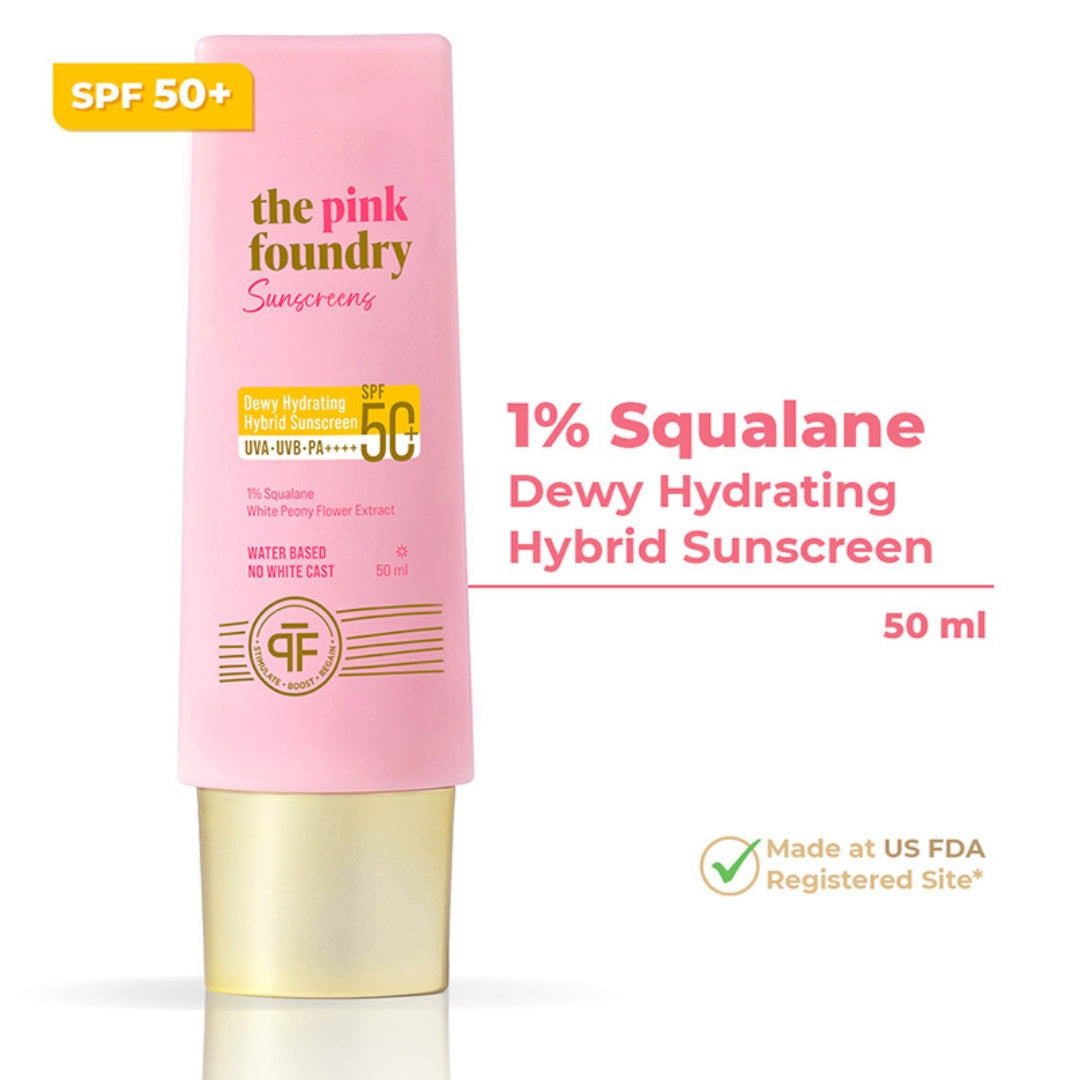
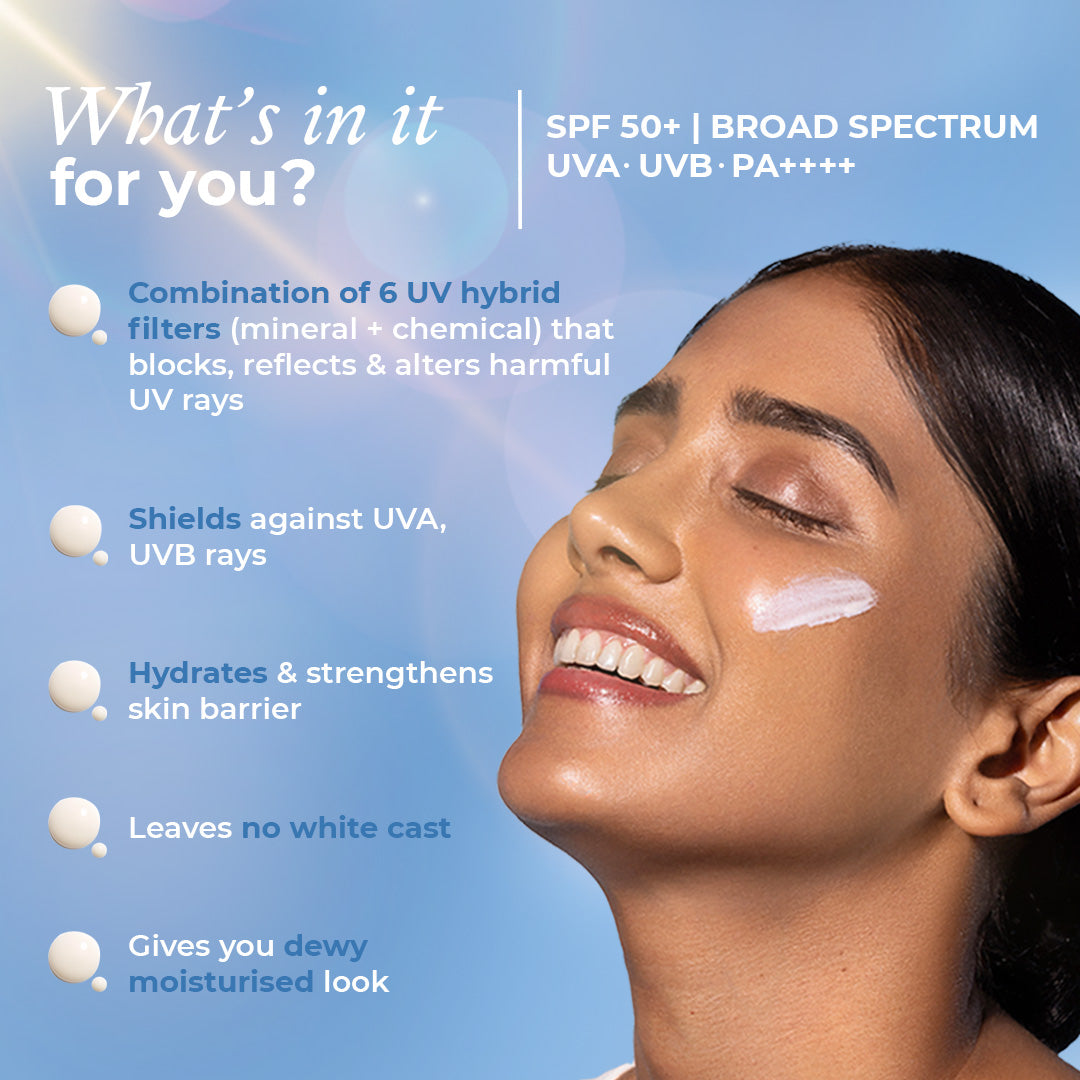
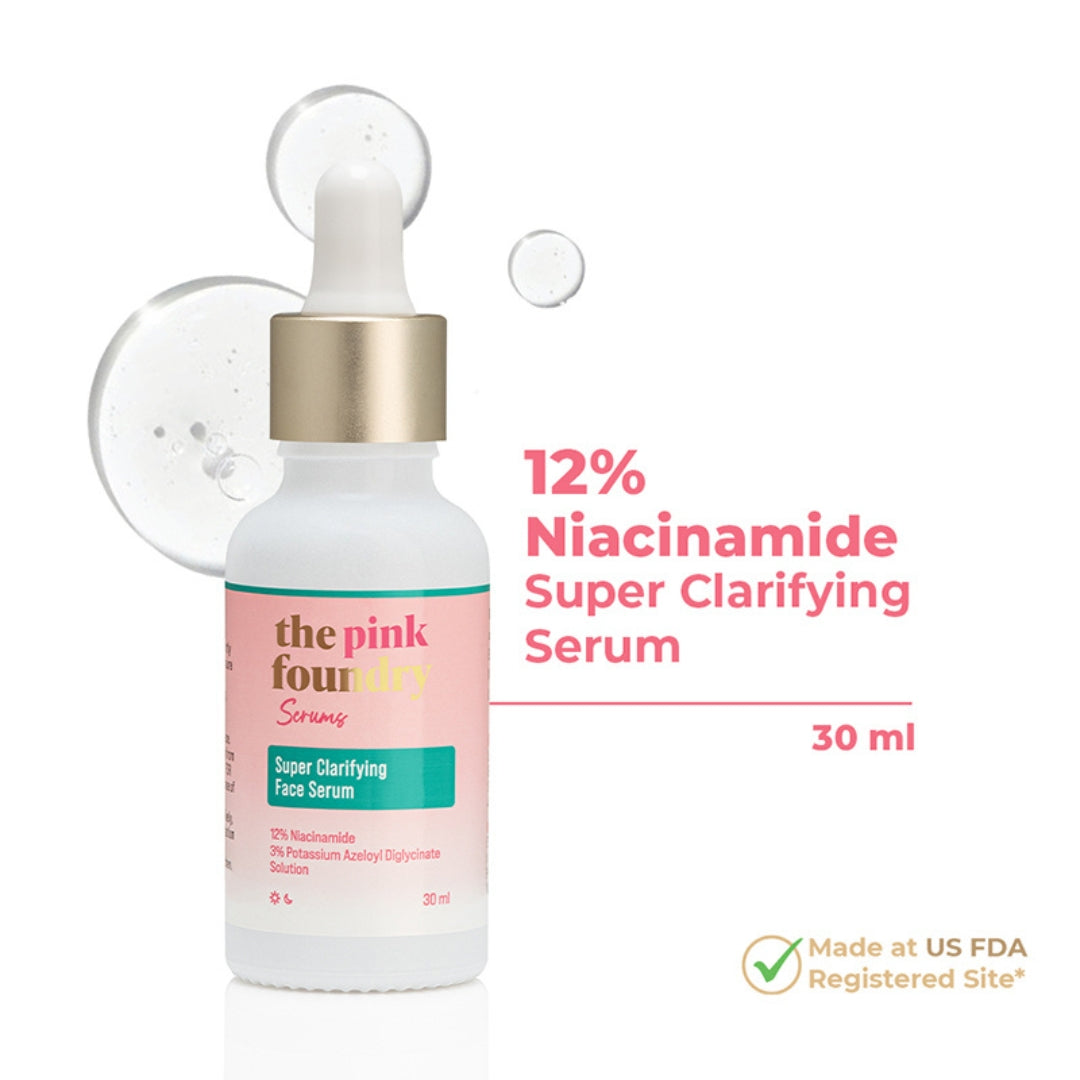
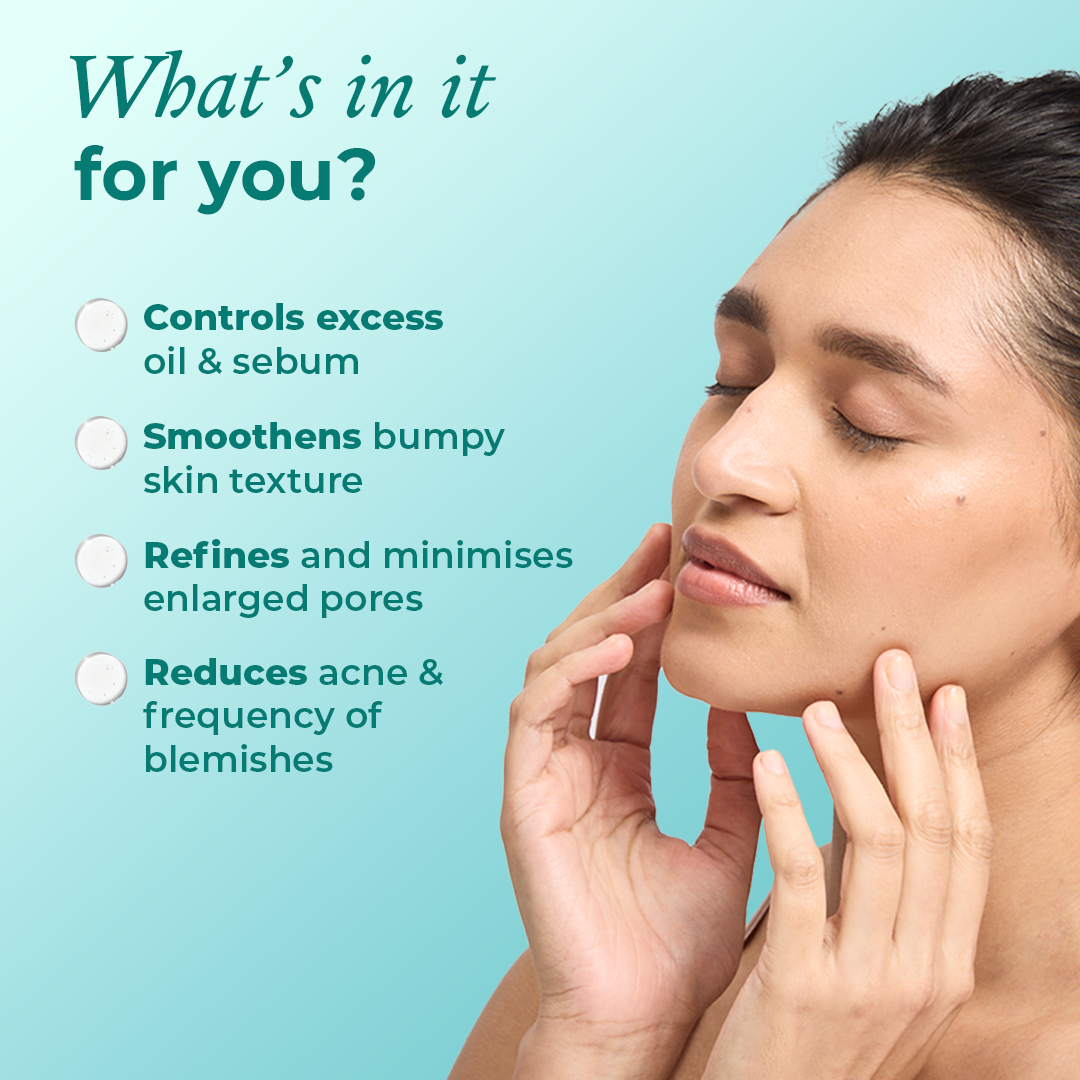
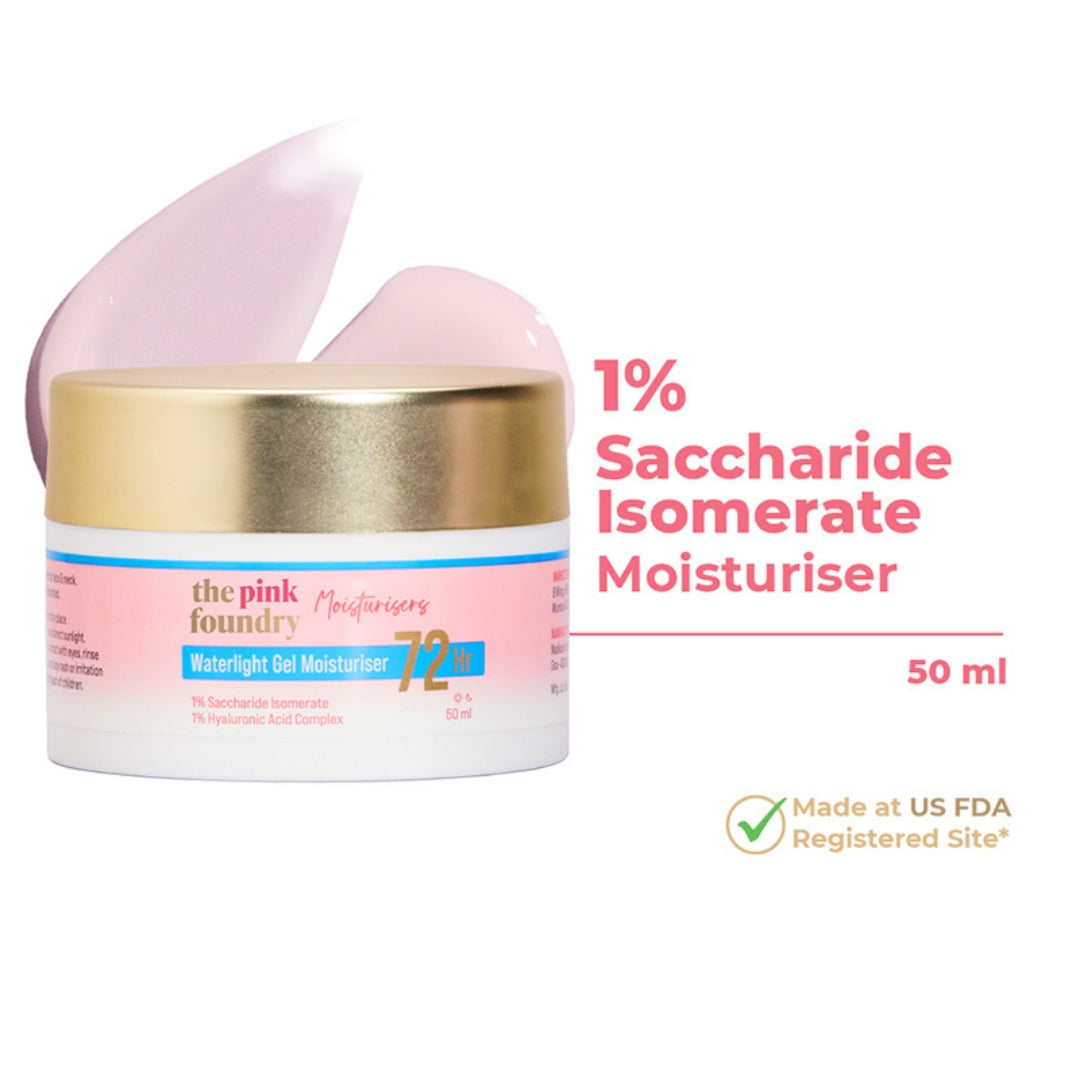
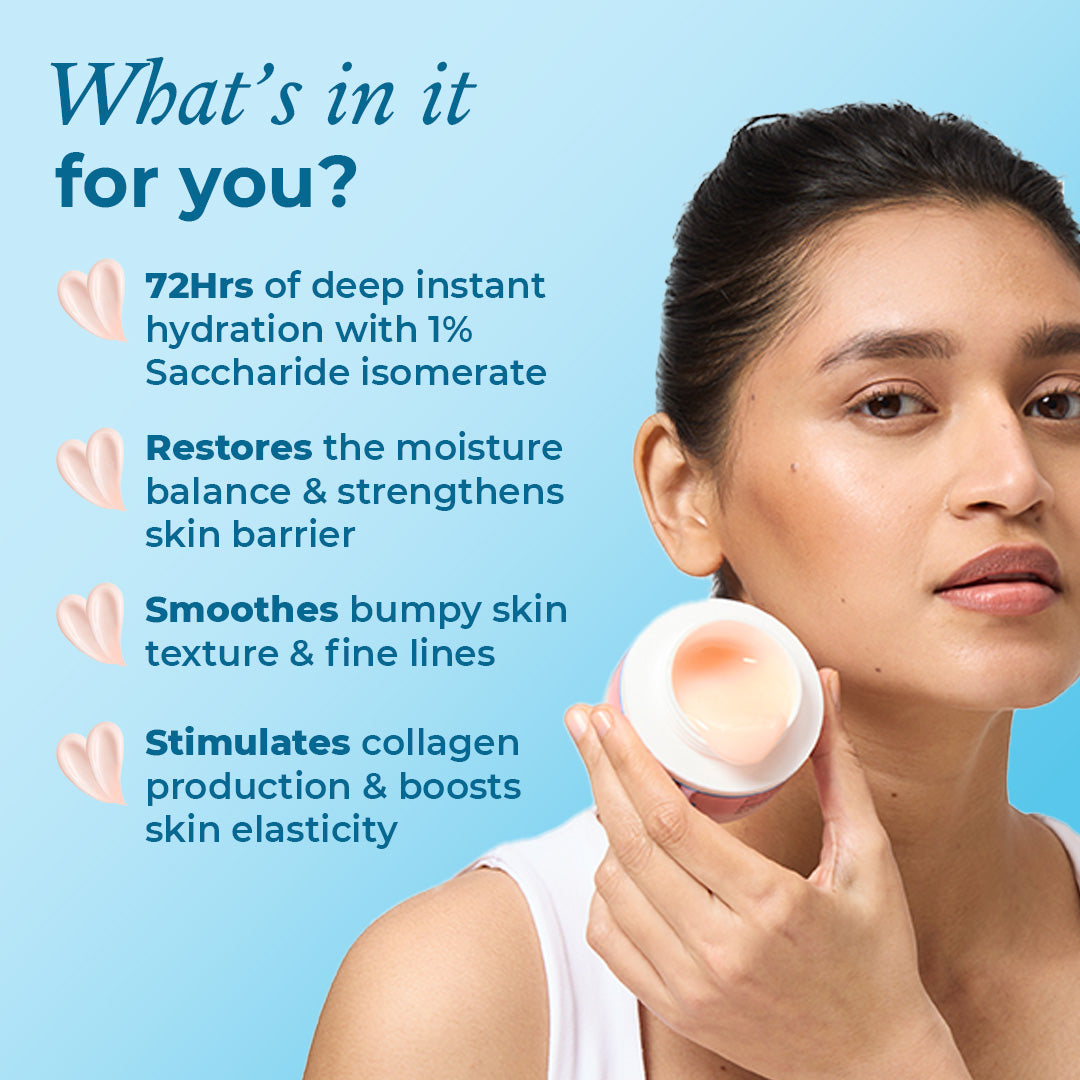


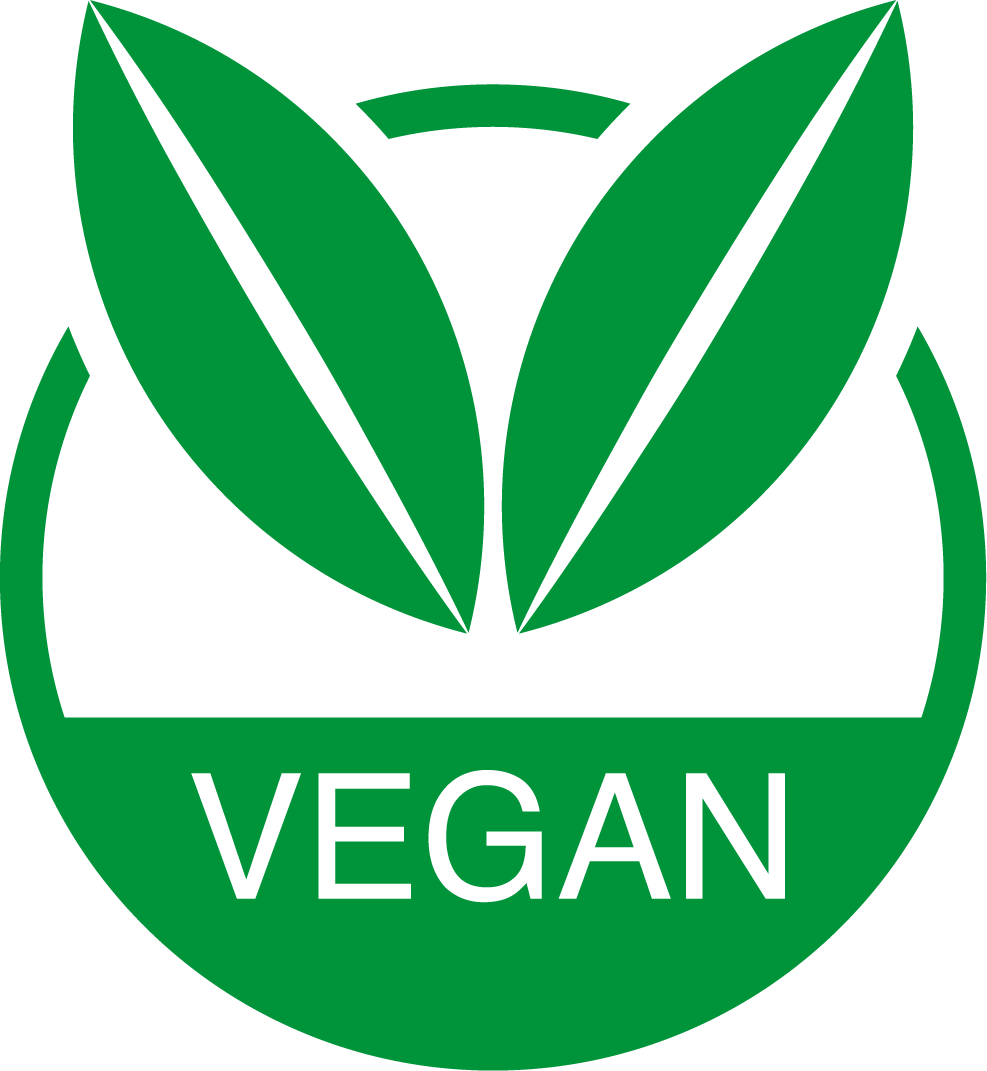

Leave a comment
This site is protected by hCaptcha and the hCaptcha Privacy Policy and Terms of Service apply.